Material and Design

Setting up the perfect chessboard involves considering factors such as material and design. Whether it’s a classic wooden board or a modern-themed set, the material affects both aesthetics and durability. We’ll guide you through the choices, ensuring your chessboard aligns with your preferences.
Size and Square Dimensions
Chessboards come in various sizes and square dimensions. Understanding the standard dimensions ensures a comfortable and authentic gaming experience. We’ll discuss the importance of size, especially if you plan to participate in tournaments, and guide you on making the right choice.
Setting Up the Chessboard
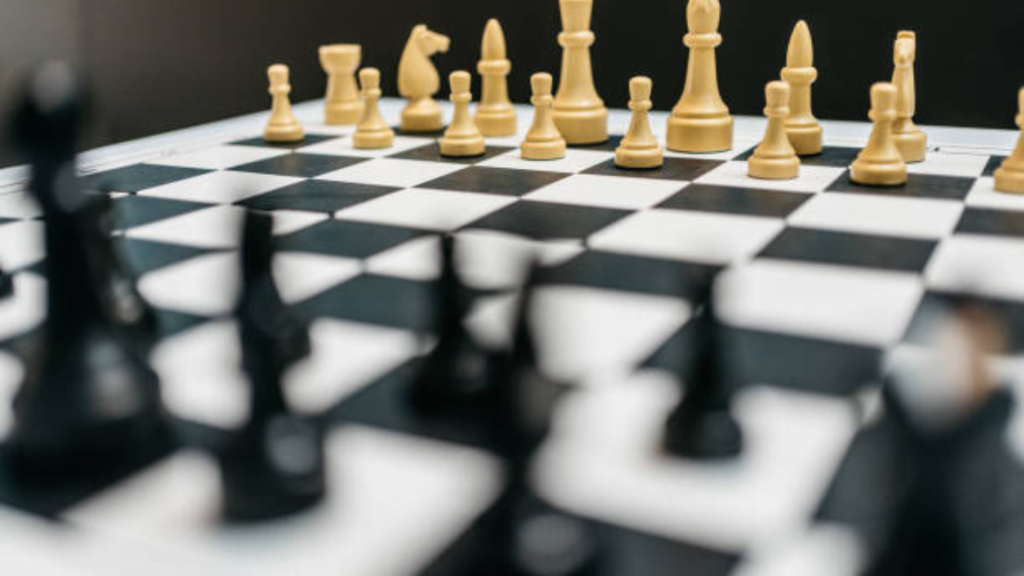
Positioning the Board
Proper placement of the chessboard is crucial for an enjoyable game. Learn the ideal location to set up your board, taking into account lighting conditions and seating arrangements. A well-positioned board sets the stage for a focused and immersive chess experience.
Orientation of the Board
Believe it or not, the orientation of the chessboard matters. We’ll explain the correct placement of the board, ensuring both players have an equal and fair view of the game. This simple yet often overlooked aspect can significantly impact the dynamics of the match.
Understanding the Chess Pieces

Differentiating Pieces
Before diving into setting up the board, familiarize yourself with the chess pieces. Each piece has a unique role and movement pattern. We’ll break down the distinctions between pawns, knights, bishops, rooks, queens, and kings, making it easy for beginners to identify them.
Proper Placement
Now that you know the pieces, it’s time to place them correctly on the board. We’ll guide you through the initial setup, ensuring each piece is in its designated position. This step is foundational to the game, and precision matters for a fair start.
Chess Notation
Algebraic Notation
Understanding chess notation is like learning the language of chess. We’ll introduce you to algebraic notation, the standard method for recording moves on the chessboard. This skill is not only useful for tracking games but is essential for studying and improving your gameplay.
Recording Moves
Chess notation extends beyond notation itself; it involves recording moves accurately. We’ll provide tips on how to record moves efficiently, allowing you to review and analyze your games. Whether you’re a casual player or aspiring grandmaster, mastering chess notation is a valuable skill.
Rules of the Game
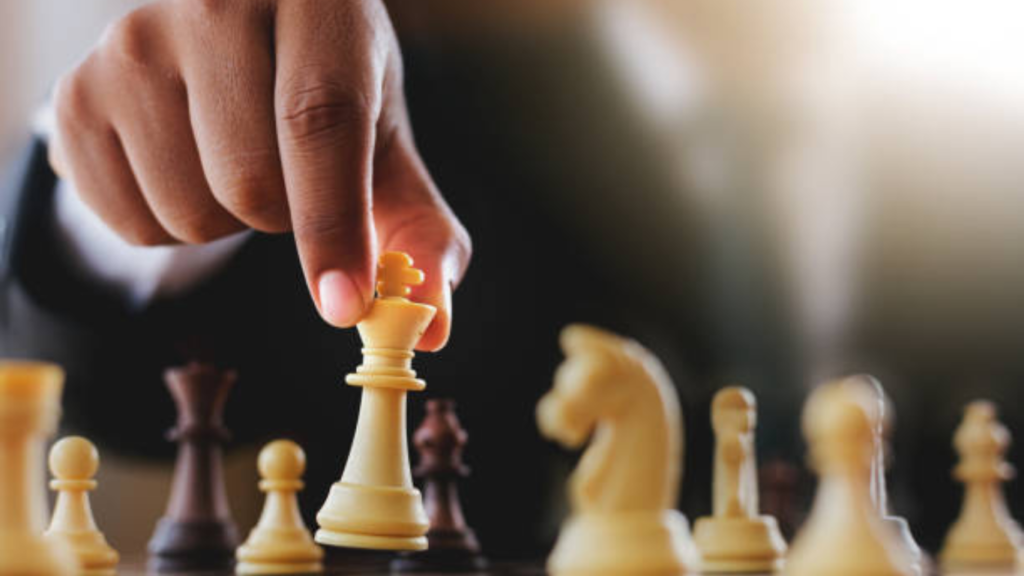
For More Information Click Here
Initial Setup
Revisit the rules of the game to ensure your board is set up correctly. From the placement of pieces to the order of the back row, we’ll cover the essential rules for starting a fair and balanced game. A solid understanding of the rules is fundamental to enjoying and excelling at chess.
Legal Moves
Knowing the legal moves for each piece is fundamental to gameplay. Refresh your knowledge on how each piece moves across the board, including special moves like castling and en passant. This section serves as a quick reference for both beginners and those looking to reinforce their understanding.
Chess Clocks
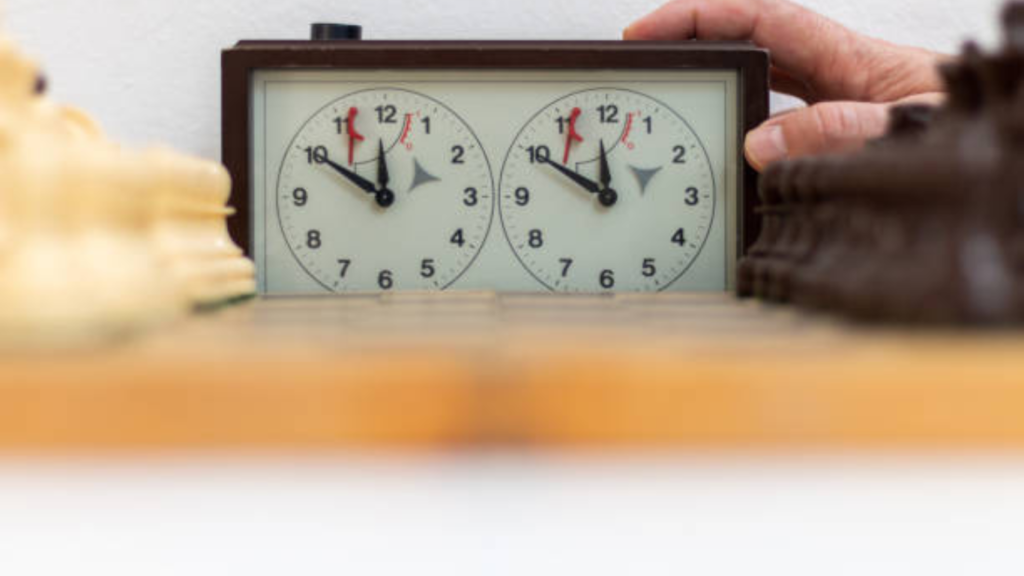
Using Chess Clocks
For a more competitive edge, chess clocks come into play. Learn how to use these timekeeping devices to add an element of strategy to your games. We’ll guide you through setting up and using chess clocks effectively, ensuring a fair and timed match.
Tournament Etiquette
If you plan to participate in chess tournaments, understanding tournament etiquette is essential. From time management to proper behavior, we’ll provide insights into the unwritten rules of tournament play. This knowledge enhances your overall chess experience and contributes to the positive atmosphere of competitive play.
Chess Strategies
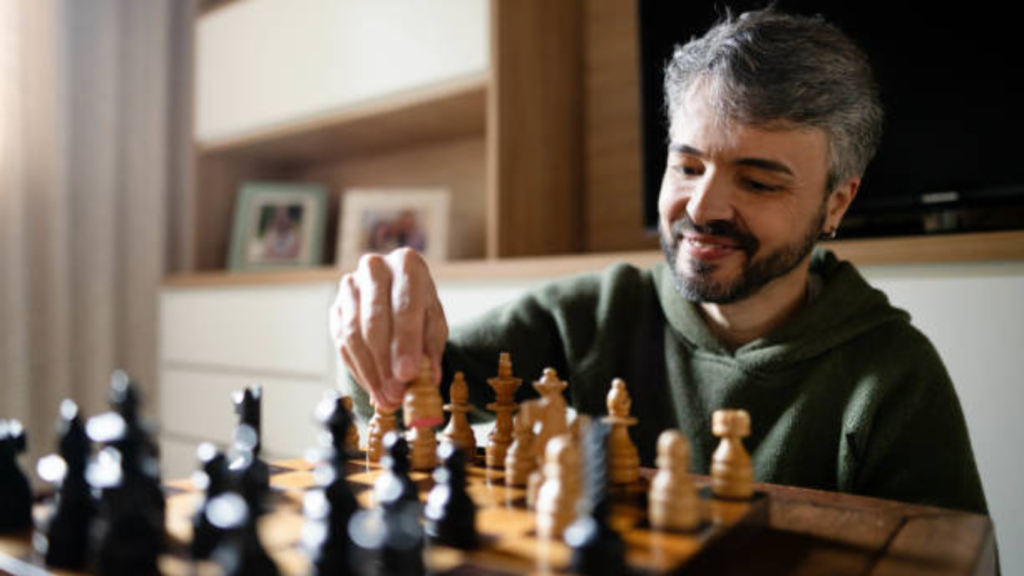
Opening Moves
The first few moves of a chess game set the stage for the entire match. We’ll explore common opening strategies, explaining the rationale behind each move. Whether you’re a beginner looking for solid openings or an experienced player seeking variety, this section offers valuable insights.
Middle Game Tactics
As the game progresses into the middle phase, tactics become crucial. Discover strategic maneuvers and combinations that can give you an advantage over your opponent. From controlling the center to executing pawn structures, we’ll delve into tactics that define the middle game.
Online Chess Platforms
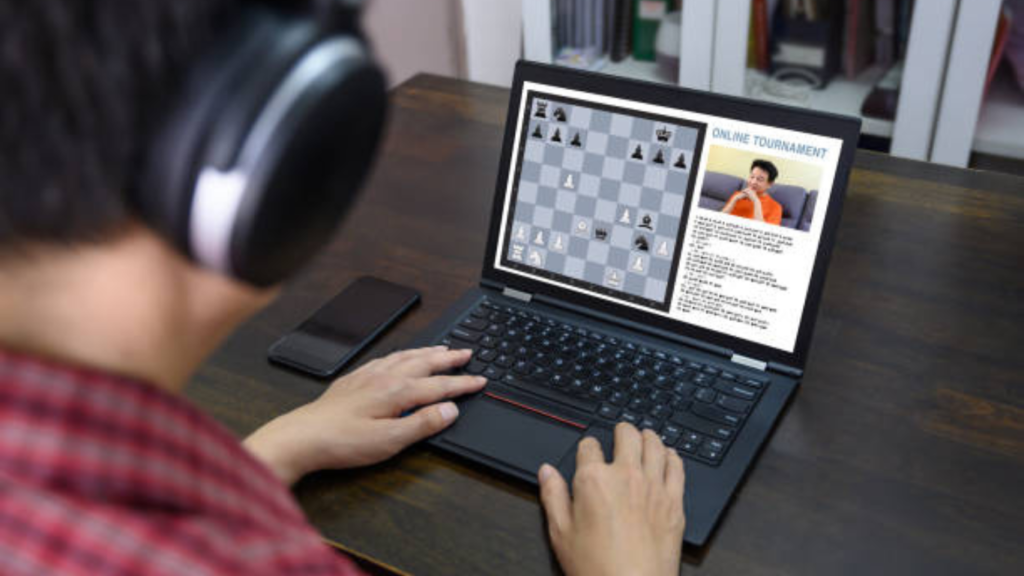
Benefits and Features
In the digital age, online chess platforms offer convenience and a vast community of players. Explore the benefits of playing chess online, from accessibility to diverse opponents. We’ll also highlight features of popular platforms that enhance your online chess experience.
(FAQs) on Setting Up a Chess Board
To set up a chess board, place it so each player has a white square on their right-hand side. Arrange the pieces on the board according to the standard starting position.
The standard starting position has the back row (rank) filled with pieces in this order from left to right: Rook, Knight, Bishop, Queen, King, Bishop, Knight, Rook. The front row is filled with pawns.
Place the Rooks in the corners, followed by the Knights next to them, then the Bishops. Put the Queen on the remaining square of her color, and the King beside her. Fill the front row with pawns
The chess board should be positioned so that each player has a white square on their right-hand side. The letters should be along the sides, and the numbers along the top and bottom.
While it’s possible to play chess without a traditional board using digital platforms or printed diagrams, having a physical board enhances the experience. Improvise with any flat surface and distinguish squares with contrasting colors.
The standard setup is universal, but some variations exist in certain chess variants. Always follow the specific rules of the chess variant being played.
Each piece has a distinct shape and size. Pawns are usually the smallest, followed by Knights and Bishops. Rooks are taller, and the Queen is the second tallest. The King is similar in height to the Queen but has a cross on top.
Yes, for chess variants like Fischer Random Chess, the starting position is randomized. Follow the rules of the specific variant you’re playing.
If unsure, consult the rulebook or use online resources to ensure the
Captured pieces are typically placed beside the board, indicating that they are no longer in play. Some players arrange them neatly, while others place them haphazardly.



GIPHY App Key not set. Please check settings
2 Comments